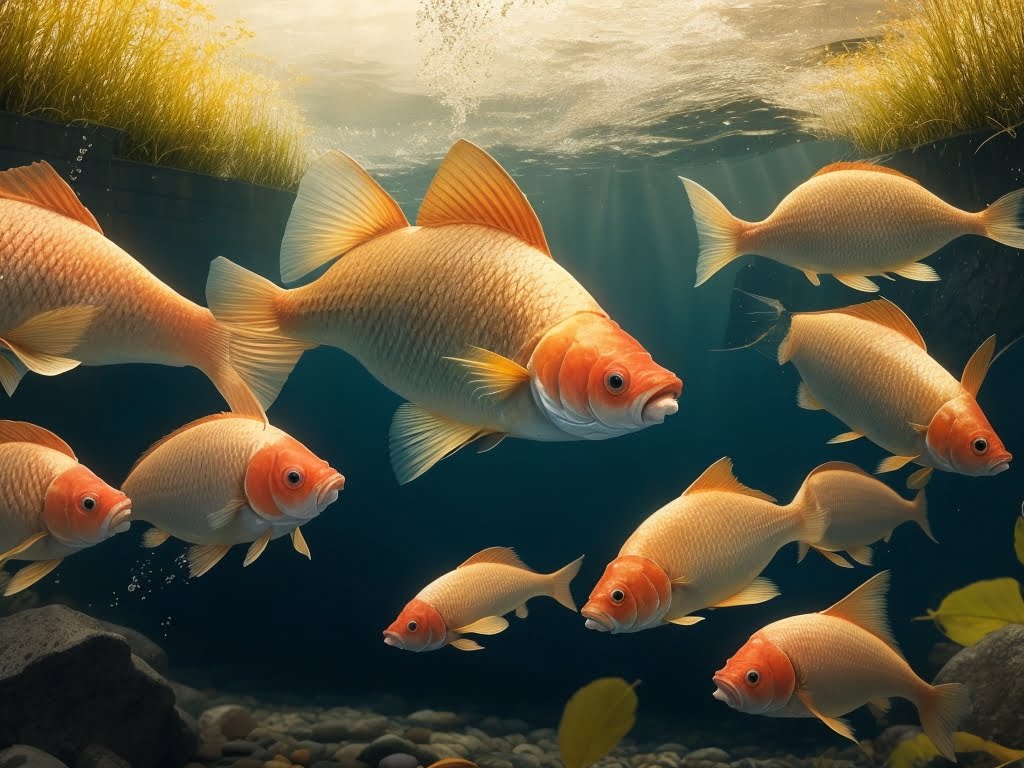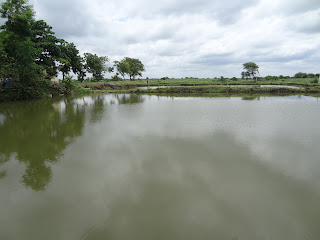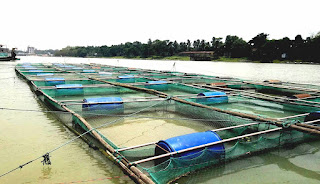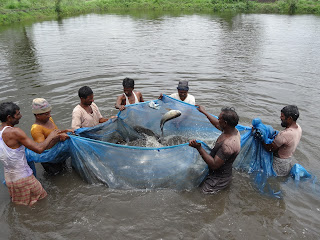Natural Spawning of Carps: Carp is one of the most popular freshwater fish species, and understanding their natural spawning behavior is essential for successful breeding and fish farming practices. In this article, we will delve into the intricacies of carp spawning, explore the factors that influence their breeding process, and provide valuable insights to optimize the natural spawning of carps.
Natural Spawning of Carps Process
The natural spawning of carps usually occurs during the South-west monsoon in North-Eastern India and Bangladesh, lasting from May to August. In North India and Pakistan, it takes place from June to September. The spawning season in the southern parts of India appears to be variable. Carp naturally spawn in the spring and early summer, depending on the climate of the area. The major carps of India, including Catla, Labeo, and Cirrhinus species, are known for their fast-growing nature and taste. They are originally inhabitants of the Ganga river network in North India and the rivers of Pakistan, Bangladesh, Nepal, and Burma. However, they have also been transplanted into other rivers in central as well as peninsular India.
Carp, like many other fish species, undergo natural spawning, which is the process of reproducing without any human intervention. The natural spawning of carps usually occurs during the spring and early summer when the water temperature starts to rise. Here’s an overview of the natural spawning process:
1. Identification of Suitable Spawning Grounds: Carps are known to be selective when it comes to choosing their spawning grounds. They prefer shallow, weedy areas with slow-moving water, as these conditions provide a safe and conducive environment for their eggs and fry. Understanding their habitat preferences is crucial for encouraging natural spawning.
2. Courtship and Mating Behavior: During the spawning season, male carps exhibit courtship behavior to attract female carps. They often nudge, chase, or swim alongside females to signal their readiness to mate. Once the female is receptive, the male and female carps release their eggs and milt (sperm) into the water, where fertilization occurs.
3. Egg Development and Hatching: After fertilization, the carp eggs attach to aquatic vegetation or submerged objects. The incubation period varies depending on water temperature and other environmental factors. Generally, it takes a few days for the eggs to hatch into fry. Proper care should be taken to protect the eggs from predators during this vulnerable stage. ‘Natural Spawning of Carps’
Factors Affecting on Carp Spawning
Several factors can influence the successful natural spawning of carps. As a fish farmer or enthusiast, it’s essential to be aware of these factors to maximize breeding success:
1. Water Temperature: Water temperature plays a critical role in triggering the spawning behavior of carps. The ideal water temperature range for carp spawning is typically between 18 to 24 degrees Celsius (64 to 75 degrees Fahrenheit). Fluctuations outside this range may delay or prevent spawning altogether.
2. Photoperiod (Day Length): Carp spawning is also influenced by the length of daylight. As the days start to lengthen during the spring, carps perceive this change as a signal to begin their reproductive activities. Artificially manipulating the photoperiod can be employed to encourage spawning in controlled environments.
3. Water Quality: Clean and well-oxygenated water is crucial for successful spawning. Poor water quality can harm the eggs and fry, leading to low survival rates. Regular monitoring and maintenance of water quality parameters are necessary to support natural spawning.
4. Availability of Spawning Sites: The presence of suitable spawning sites, such as submerged vegetation or structures, is vital for carps to attach their eggs securely. Creating or preserving these spawning sites can positively impact the natural spawning process.
Best Practices for Encouraging Natural Spawning
To promote natural spawning of carps, consider implementing the following best practices:
1. Habitat Enhancement: Modify the fish habitat to mimic natural conditions, providing suitable areas for carps to spawn. Incorporate aquatic plants and structures to serve as spawning sites.
2. Temperature Management: Control the water temperature using appropriate methods, such as shade provision or the use of temperature regulators, to ensure it falls within the preferred range for spawning.
3. Nutrition and Feeding: Maintaining proper nutrition and feeding practices helps enhance the overall health and reproductive capabilities of carps, leading to increased spawning success.
Competitor Research on Carp Spawning Techniques
To gain a competitive edge in carp fish farming, it’s essential to stay informed about the latest spawning techniques used by other fish farmers. Extensive competitor research can provide valuable insights into innovative methods and best practices that you can adopt to improve your spawning outcomes.

Conclusion
Understanding the natural spawning process of carps is fundamental for successful fish farming and breeding initiatives. By providing the right environmental conditions and adopting best practices, you can encourage and optimize the natural spawning of carps. Remember to monitor water quality, temperature, and habitat suitability to support healthy reproduction. Stay informed about the latest techniques in the industry through competitor research, and continuously seek opportunities to improve your carp spawning outcomes.
Frequently Asked Questions (FAQs)
Can carps spawn in all types of water bodies?
Yes, carps are highly adaptable and can spawn in various water bodies, including ponds, lakes, rivers, and even larger aquariums.
What is the role of male carps during the spawning process?
Male carps play a vital role in releasing milt (sperm) into the water to fertilize the eggs released by the female carps.
How can I determine if my carp eggs are fertile?
Fertile carp eggs are usually transparent and have a healthy appearance. Unfertilized eggs often appear cloudy or white and may develop fungus over time.





